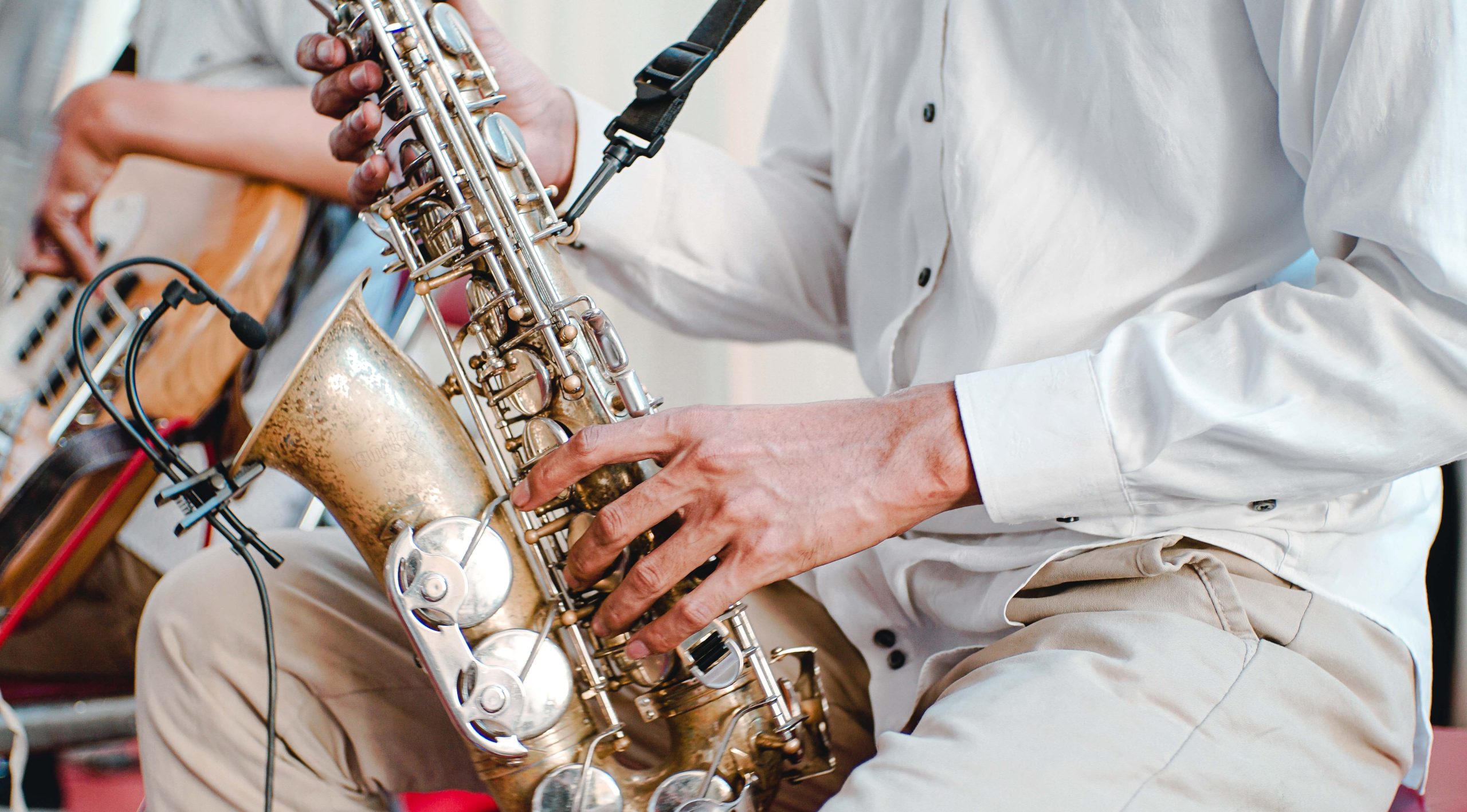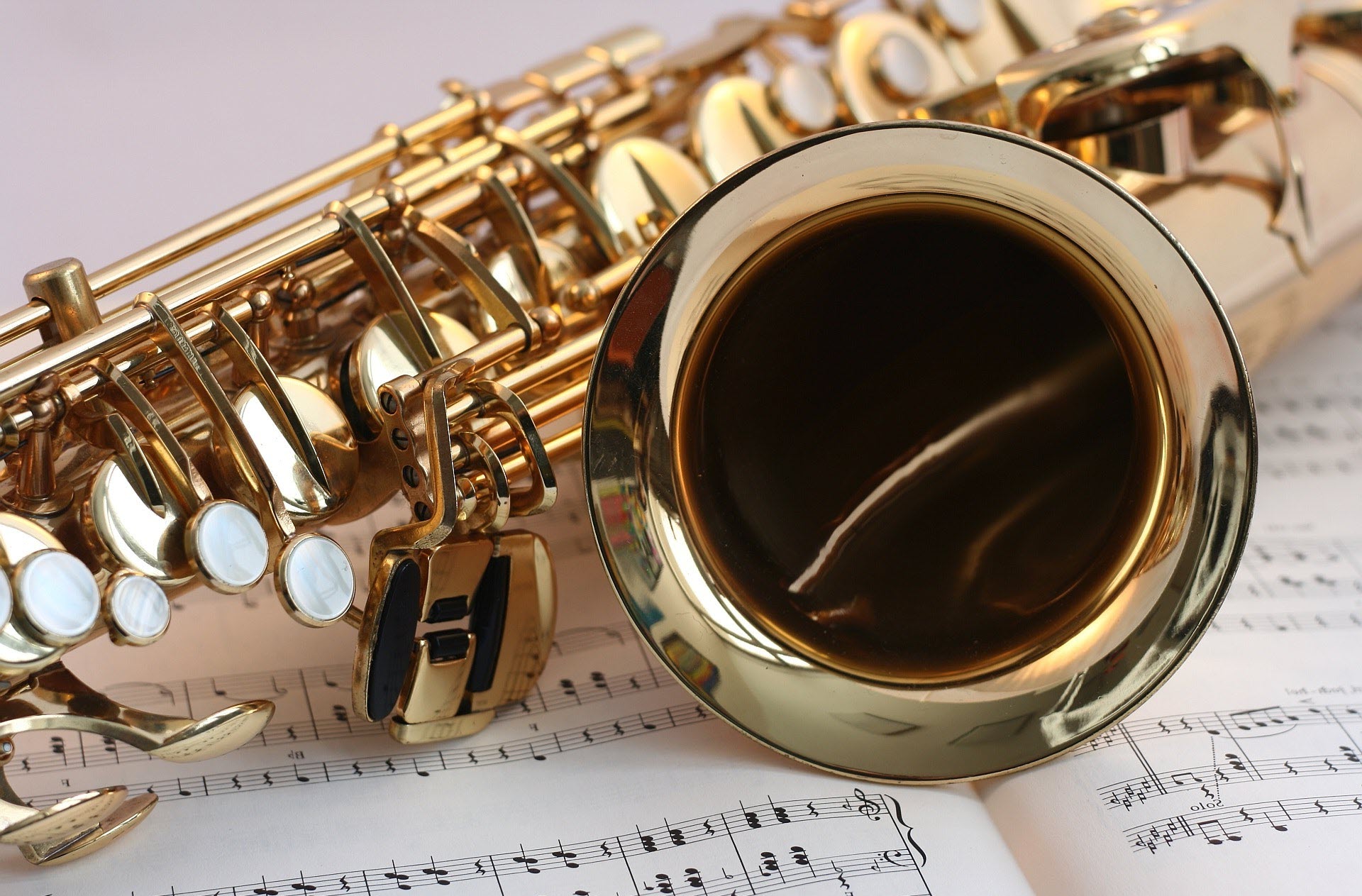Saxophone Selection Tips
Saxophones are a popular instrument among musicians of all skill levels, from beginners to professionals. When it comes to selecting the right saxophone, there are a few key factors to consider in order to ensure you make the best purchase for your needs.
The first thing to consider when selecting a saxophone is the type of saxophone that you want. There are four main types of saxophones: soprano, alto, tenor, and baritone. Each type of saxophone has its own unique sound and is best suited for different types of music. For example, the soprano saxophone is best suited for classical and jazz music, while the alto saxophone is best for pop and rock music. It is important to determine what type of music you want to play before making a purchase.
The next factor to consider is the brand of saxophone. There are many different brands of saxophones on the market, each with their own reputation and quality. Some of the most popular brands include Yamaha, Selmer, and Jean Paul USA. It is important to do some research and read reviews on different brands before making a purchase. This will help you to get a better idea of the quality and durability of the saxophones offered by each brand.
Another important factor to consider when selecting a saxophone is the price. Saxophones can range in price from a few hundred dollars to several thousand dollars.
Types of Saxophones

Saxophones are a type of woodwind instrument that have been around for over 150 years. They are known for their smooth, mellow sound and versatility in a wide range of musical styles. There are four main types of saxophones: soprano, alto, tenor, and baritone. Each type has its own unique characteristics and is used in different musical settings.
The soprano saxophone is the smallest and highest-pitched of the saxophones. It has a range of about two and a half octaves, from Bb to high F. The soprano saxophone is often used in jazz, classical, and pop music. It is also commonly used in marching bands, wind ensembles, and orchestras.
The alto saxophone is the most common type of saxophone and is known for its rich, warm sound. It has a range of about two and a half octaves, from Eb to high Ab. The alto saxophone is commonly used in jazz, classical, and pop music. It is also commonly used in marching bands, wind ensembles, and orchestras.
The tenor saxophone is larger than the alto saxophone and has a deeper, more powerful sound. It has a range of about two and a half octaves, from Bb to high F. The tenor saxophone is commonly used in jazz, blues, and rock music. It is also commonly used in marching bands, wind ensembles, and orchestras.
The baritone saxophone is the largest and lowest-pitched of the saxophones. It has a range of about two and a half octaves, from Eb to high Ab. The baritone saxophone is known for its deep, rich sound and is commonly used in jazz, blues, and rock music. It is also commonly used in marching bands, wind ensembles, and orchestras.
Saxophone Brands
Saxophones are a popular and versatile musical instrument, often used in jazz, pop, and classical music. As such, there are many different brands of saxophones available on the market, each with their own unique features and characteristics.
One of the most well-known and respected brands in the saxophone world is Selmer. Founded in 1885, Selmer has a long history of producing high-quality saxophones, known for their excellent tone and craftsmanship. Selmer saxophones are often used by professional musicians and are considered some of the best saxophones available.
Another reputable brand is Yamaha. Founded in 1887, Yamaha has become one of the largest and most well-known instrument manufacturers in the world. They offer a wide range of saxophones for all skill levels and their saxophones are known for their durability and excellent tone.
Buescher is another brand that has a long history in saxophone production. Founded in 1894, Buescher is known for their classic design and high-quality craftsmanship. Buescher saxophones are often sought after by vintage saxophone collectors and are considered some of the best vintage saxophones available.
For those who are looking for a more affordable option, Jean Paul USA is a great brand to consider. Founded in 1991, Jean Paul USA offers a wide range of saxophones at affordable prices without compromising on sound quality. They are perfect for students and beginners who want a high-quality instrument without breaking the bank.
Another great option for those on a budget is Mendini by Cecilio. Founded in 2004, Mendini offers a wide range of saxophones at an affordable price. They are perfect for students and beginners who want to get started on learning the saxophone without spending too much money.
Another well-known brand in the saxophone market is Selmer. Founded in 1885 by Henri Selmer, the company is based in Paris, France and is known for producing high-quality saxophones with a unique and rich tone. Selmer saxophones are popular among professional saxophonists and are commonly used in jazz and classical music. The company’s most popular model, the Selmer Paris Series II, is widely considered as one of the best saxophones ever made and is still in production today.
Another reputable brand is Yanagisawa, a Japanese company that has been producing saxophones since the 1950s. Yanagisawa saxophones are known for their precision and attention to detail, and are popular among professional saxophonists and students alike. The company’s saxophones feature a unique design that allows for easy control and a comfortable playing experience.
One of the most popular brands among beginner and student saxophonists is Jean Paul USA. They are known for producing high-quality saxophones at affordable prices. Their saxophones are designed with ergonomic keywork and come with a robust contoured carrying case for easy transportation. They also include a variety of accessories, such as a semi-hard backpack style carrying case, a neck strap, a standard mouthpiece, a ligature and cap, a Rico reed #2, a cleaning cloth, and cork grease.
Parts of a Saxophone
The saxophone is a brass instrument that is known for its unique and distinct sound. It is made up of several different parts that work together to produce this sound. Understanding the different parts of a saxophone can be helpful for saxophonists of all levels, from beginners to professionals.
First, let’s start with the mouthpiece. This is where the saxophonist places their mouth to play the instrument. The mouthpiece is made up of a reed and a ligature. The reed is a thin piece of wood or plastic that vibrates when air is blown through it. The ligature is a metal or plastic band that holds the reed in place. It is important to choose a mouthpiece that is comfortable and easy to play, as this can greatly affect the sound of the saxophone.
Next, let’s move on to the neck. The neck is the long, narrow tube that connects the mouthpiece to the body of the saxophone. The neck is where the saxophonist can adjust the tuning of the instrument, by adjusting the position of the cork on the neck. The neck also has a register key, which is used to produce higher notes on the saxophone.
The body of the saxophone is the largest and most visible part of the instrument. It is made up of several different sections, including the bell, the bow, and the body tube. The bell is the flared end of the saxophone, and it is responsible for amplifying the sound of the instrument. The bow is the curved section of the body, and it helps to balance the saxophone. The body tube is the main section of the saxophone, and it contains the keys and finger pads.
The keys and finger pads are an essential part of the saxophone, as they are used to produce different notes on the instrument. There are several different types of keys, including the thumb keys, the palm keys, and the side keys. Each key corresponds to a different note, and the saxophonist must learn the proper fingerings to produce these notes.
How to Clean a Saxophone
Cleaning a saxophone is an important part of maintaining the instrument and ensuring its longevity. The saxophone is made up of many different parts, each of which needs to be cleaned properly to keep the instrument in good working condition. Here are some tips on how to clean a saxophone properly.
First and foremost, it is important to disassemble the saxophone before cleaning it. This means removing the mouthpiece, reed, neck, and any other parts that can be removed. This will make it easier to access all parts of the saxophone and ensure that every nook and cranny is cleaned properly. Once the saxophone is disassembled, it’s time to start cleaning.
One of the most important parts of the saxophone to clean is the body. The body of the saxophone should be cleaned using a soft cloth or a microfiber cloth. This will help to remove any dirt or grime that may have accumulated on the surface. You can also use a mild detergent or cleaning solution to help remove any stubborn stains. It’s important to be gentle when cleaning the body, as harsh chemicals or abrasive materials can damage the finish.
Next, it’s time to clean the keywork. The keywork of the saxophone is the part that is responsible for the instrument’s sound, so it’s important to keep it clean and in good working condition. To clean the keywork, use a soft brush or a small toothbrush to remove any dirt or debris that may have accumulated. You can also use a cleaning solution or a mild detergent to help remove any stains. Be sure to pay special attention to the areas where the keys connect to the body, as dirt and grime can accumulate in these areas.
The mouthpiece of the saxophone is another important part to clean. The mouthpiece should be cleaned using a soft brush or a small toothbrush.
How to Learn to Play the Saxophone (Step by Step)
Learning to play the saxophone can be a challenging and rewarding experience. Whether you’re a beginner or an experienced musician looking to add a new instrument to your arsenal, there are a few key steps you can take to make the learning process as easy and enjoyable as possible. In this article, we’ll break down the process of learning to play the saxophone step-by-step, from selecting the right instrument to mastering advanced techniques.
Step 1: Choose the right saxophone
The first step in learning to play the saxophone is choosing the right instrument. There are four main types of saxophones: soprano, alto, tenor, and baritone. Each one has a unique sound and range, so it’s important to choose the one that best suits your needs and interests.
Soprano saxophones are the smallest and highest-pitched of the four types, and are often used in jazz and classical music. They are also relatively lightweight and easy to play, making them a great choice for beginners.
Alto saxophones are slightly larger than sopranos and have a slightly lower pitch. They are also popular in jazz and classical music, and are often used in school bands and orchestras.
Tenor saxophones are larger than alto saxophones and have an even lower pitch. They are popular in jazz and popular music, and are often used as a solo instrument.
Baritone saxophones are the largest and lowest-pitched of the four types, and are often used in jazz, blues, and big band music.
Step 2: Get the right equipment
Once you’ve chosen the right saxophone, you’ll need to get the right equipment to play it. This includes a saxophone mouthpiece, reeds, and a ligature (a device that holds the reed in place). You’ll also need a saxophone neck strap, a hard-shell case, and a stand or music stand.
Step 3: Learn the basics
Before you start playing, it’s important to learn the basics of saxophone technique. This includes proper posture, breathing, and finger placement.
History of the Saxophone

The saxophone is a musical instrument that was invented in the 1840s by Belgian instrument maker Adolphe Sax. Sax was a skilled musician and craftsman, and he spent many years experimenting with different designs for a new type of wind instrument. His goal was to create an instrument that would combine the power and expressiveness of the brass instruments with the agility and flexibility of the woodwinds.
The first saxophone was a curved, brass instrument that resembled a combination of a clarinet and a trumpet. It had a conical bore and a single reed, and it was played with a mouthpiece and reed similar to those used on a clarinet. Sax initially called his invention the “saxhorn,” but it eventually became known simply as the “saxophone.”
The saxophone quickly gained popularity in both Europe and the United States. It was particularly well-suited to military bands and dance orchestras, and it soon became a staple in jazz and popular music. Some of the most famous saxophonists of the early 20th century included Coleman Hawkins, Benny Carter, and Lester Young.
The saxophone has been used in a variety of musical genres throughout its history. In the early days, it was primarily used in military bands and dance orchestras. But as jazz and other forms of popular music developed, the saxophone became a key component in those genres as well. The saxophone’s unique combination of power and expressiveness made it a perfect instrument for jazz improvisation, and many jazz saxophonists, such as John Coltrane, Charlie Parker, and Dexter Gordon, became renowned for their virtuosity and creativity on the instrument.
In the 1950s and 60s, the saxophone became a prominent feature in R&B and Rock n Roll music. It was used in many hit songs and albums like “What’d I Say” by Ray Charles, “Stand by Me” by Ben E. King, and “Yakety Yak” by The Coasters. The saxophone’s popularity increased further, the saxophone was a prominent feature in the big band swing and jazz fusion of the 1970s and 1980s.
In recent years, the saxophone has seen a resurgence in popularity, particularly in the realm of smooth jazz and contemporary R&B. Some notable contemporary saxophonists include Kenny G, Grover Washington Jr, and David Sanborn.
Today, the saxophone continues to be a versatile and beloved instrument, enjoyed by musicians and audiences alike. It is used in a wide range of musical styles, from classical to jazz to pop, and it is played by amateurs and professionals around the world. The saxophone’s rich history, versatility, and enduring popularity make it one of the most important and enduring musical instruments of all time.

